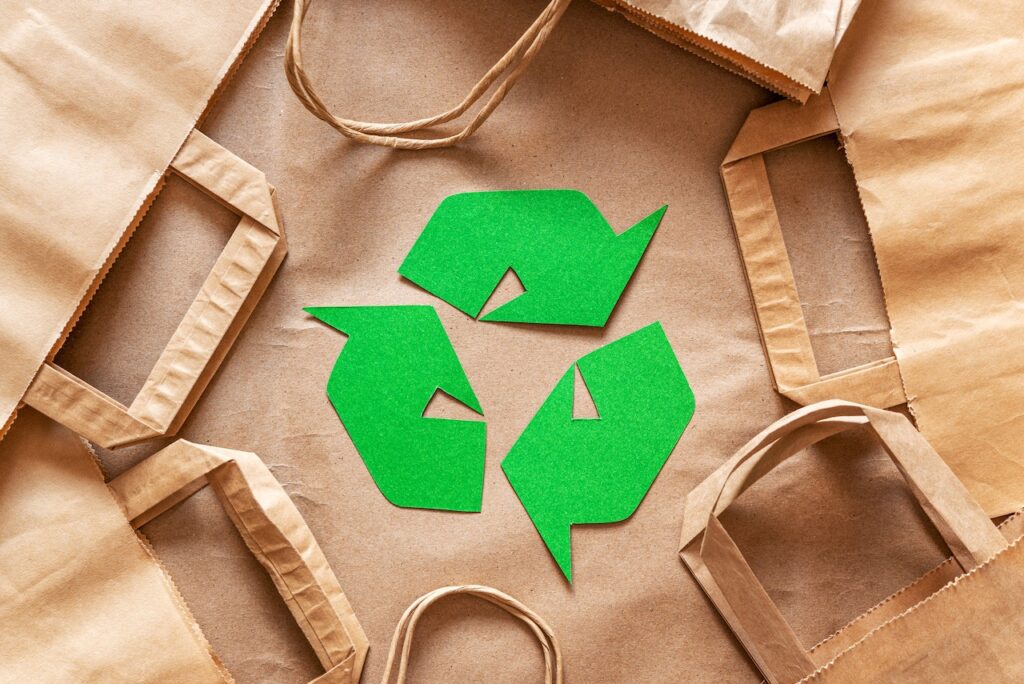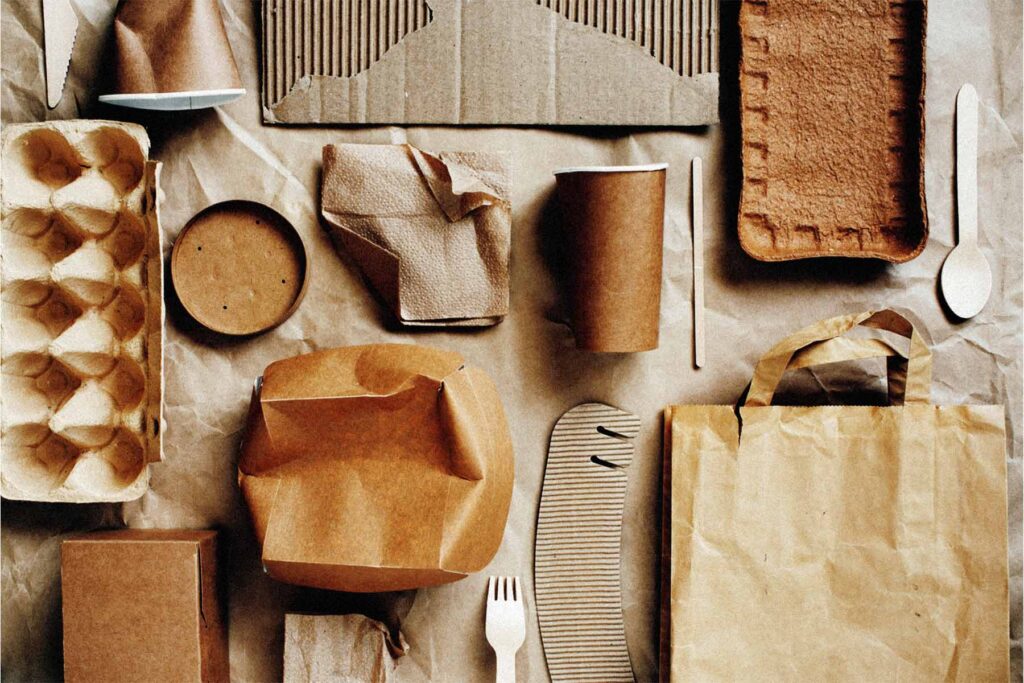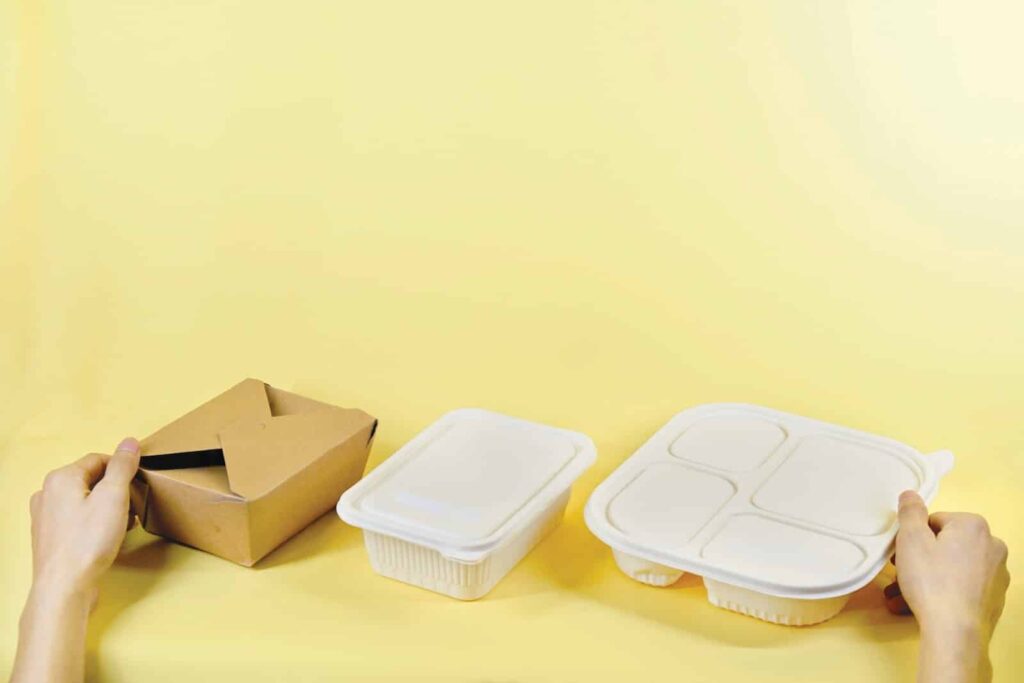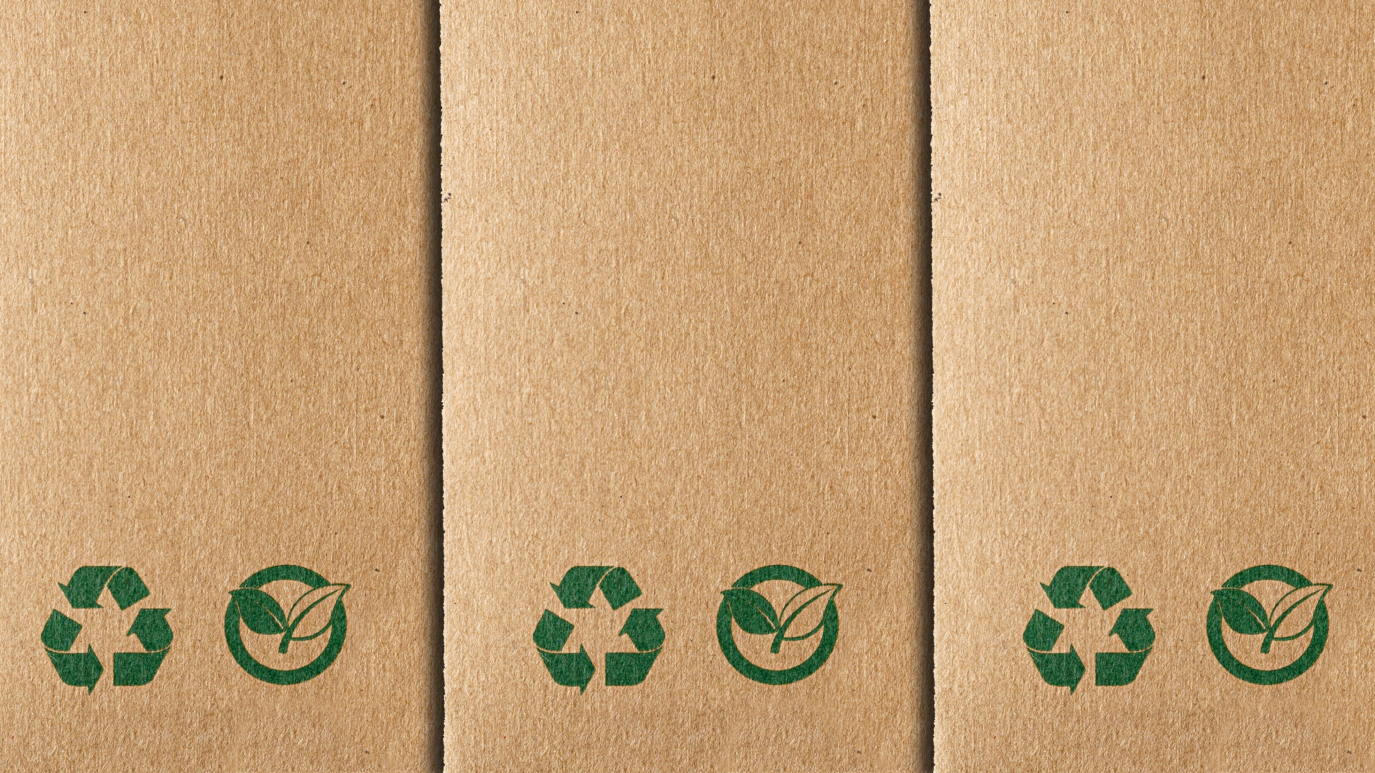The packaging industry stands at the cusp of a transformative era, driven by the twin pillars of sustainability and technological innovation. In this rapidly evolving landscape, the concept of “Package Design of the Future” is not just an idle speculation but a pressing reality.
As we delve into the myriad ways in which this field is changing, it becomes evident that the future is already here, and it’s wrapped in smart, sustainable solutions.
For a deeper dive into the evolving world of packaging, Package Design offers a wealth of insights and examples that illustrate the cutting edge of this revolution.
The Rise of Sustainable Materials

In an era where environmental concerns are paramount, the shift towards sustainable materials in packaging is not just a trend but a fundamental change.
This move is driven by consumer demand for eco-friendly options and the industry’s recognition of its responsibility towards minimizing environmental impact.
From mushroom-based foam that biodegrades quickly to plant-based plastics made from agricultural waste, innovative materials are setting the stage for a greener future in packaging.
- Biodegradable and Compostable Options: Innovations in materials science have led to the development of packaging solutions that break down harmlessly in the environment. These include polymers derived from natural sources that decompose without leaving harmful residues.
- Recycled Materials: The push towards using recycled materials is gaining momentum, with companies increasingly turning to post-consumer or post-industrial recycled plastics and papers to create new packaging. This not only reduces the demand for virgin materials but also contributes to a circular economy.
“Embracing eco-friendly materials is no longer an option but a necessity for the packaging industry.”
This poignant statement underscores the critical shift towards sustainability in the packaging sector.
As we look towards the future, the emphasis on eco-friendly materials represents a key pillar in the design of next-generation packaging solutions.
Smart Packaging: Bridging Technology and Design
The advent of smart packaging marks a significant evolution in how products communicate with consumers. Embedding technology into packaging designs not only extends functionality but also creates a dynamic interface for engagement and information exchange.
This intersection of technology and design heralds a new era for the industry, where packaging is not just a protective shell but an integral part of the user experience.
- Technological Integration: Innovations like QR codes, NFC tags, and AR markers are transforming packaging into interactive portals. These technologies enable consumers to access a wealth of information, from product provenance and usage instructions to immersive brand experiences.
- Enhancing Product Integrity: Smart packaging solutions such as time-temperature indicators, freshness sensors, and tamper-evident seals play a crucial role in ensuring product quality and safety. By providing real-time data on the condition of the product, these technologies empower consumers to make informed decisions.
Customization and Personalization

The push towards customization and personalization in packaging reflects a broader trend across industries to cater to individual consumer preferences.
In this context, packaging becomes a canvas for personal expression and a tool for brands to forge deeper connections with their audience.
- On-demand Customization: Digital printing technology has revolutionized the packaging industry by enabling cost-effective customization at scale. This allows brands to offer personalized packaging options, from bespoke designs to personalized messages, enhancing the unboxing experience and fostering a sense of exclusivity.
- Consumer Engagement: By incorporating elements of personalization, brands can engage consumers in unique and meaningful ways. Whether through limited edition designs, interactive campaigns, or user-generated content, personalized packaging creates opportunities for engagement beyond the point of sale.
Circular Economy and Packaging Design
Embracing the principles of a circular economy is imperative for the future of packaging design. This approach prioritizes the creation of packaging solutions that are not only efficient and effective but also designed with their end-of-life in mind, promoting reuse, recycling, and composting.
- Design for Sustainability: Key to this is designing packaging that can easily be broken down into its component materials for recycling, or that can be repurposed or composted. Innovations in design and materials are making it easier to meet these goals without compromising on functionality or aesthetics.
- Refill and Reuse Models: The shift towards models that encourage refill and reuse represents a significant departure from the traditional disposable mindset. By designing packaging to be durable and reusable, brands can reduce waste and encourage consumers to participate in sustainable consumption practices.
Conclusion

As we navigate the complexities of the 21st century, the role of packaging in shaping consumer behavior and impacting the environment has never been more significant. The trends shaping the future of package design reflect a deep understanding of the challenges and opportunities that lie ahead.
From sustainability and technology integration to customization and the circular economy, the future of packaging is dynamic and promising.
As the industry continues to evolve, the focus will remain on creating innovative solutions that meet the needs of both consumers and the planet.
